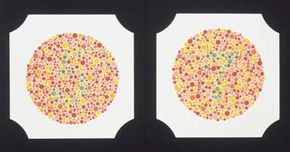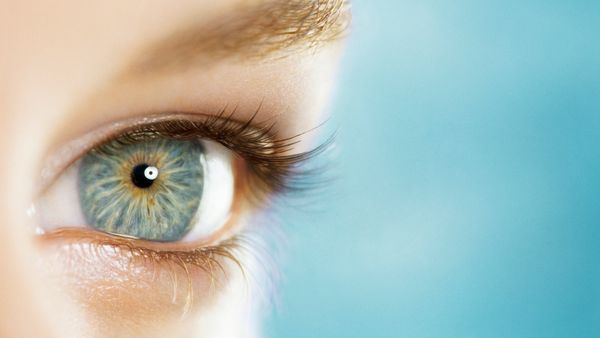Roses are red, violets are blue -- well, bluish. The sky is blue, too. Grass is green. These are things that most of us know for a fact and don't question. But what if you were colorblind? What would you see? Is life one long black-and-white movie?
In "The Wizard of Oz," Dorothy Gale steps out of her black-and-white Kansas farmhouse and into the color-saturated Land of Oz. She moves from a humdrum existence of chores and troubles to an intense fantasyland peopled with curious creatures, trading in a clapboard house for yellow brick roads, red ruby slippers and a brilliant green city of emeralds. What would her transformation have been without this rainbow of colors?
Advertisement
Color isn't just a component of vision. We associate color with beauty, like in a gorgeous sunset. Some colors have meaning in and of themselves -- purple is for royals, red signifies passion. Colors seep into our expressions -- If we're depressed, we say we're feeling blue. We're also "green with envy," we "see red" and we might go "white with fear." Colors even have practical meaning -- red means stop, green means go.
Certain colors are said to help you sleep, while others make you hungry. And never underestimate the effect of a bright red dress. Color is important.
Advertisement





